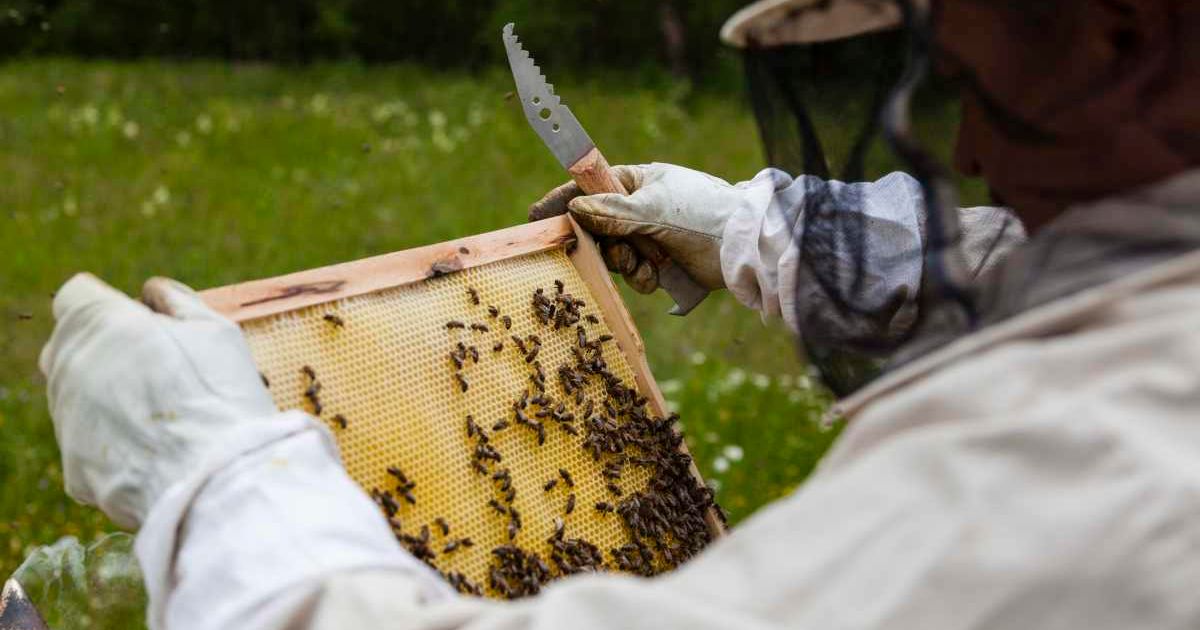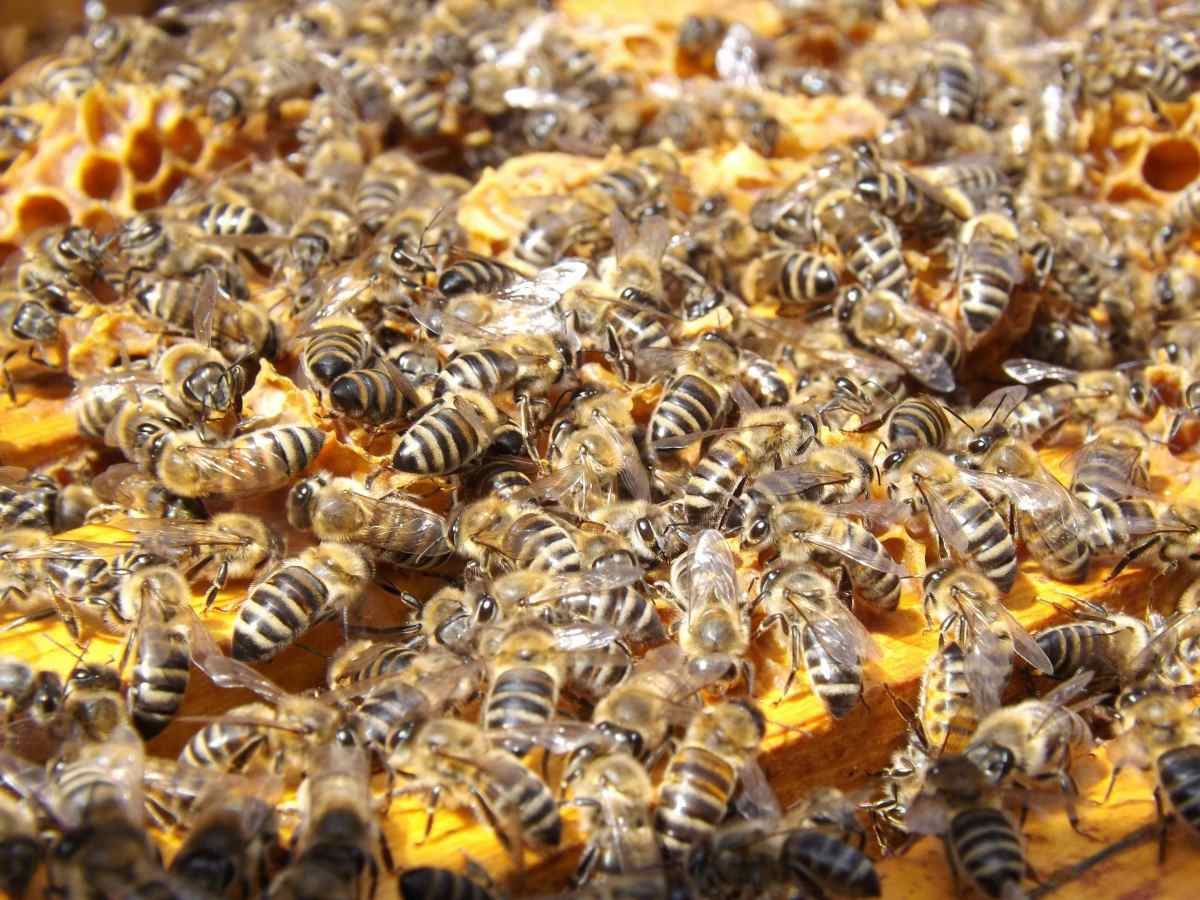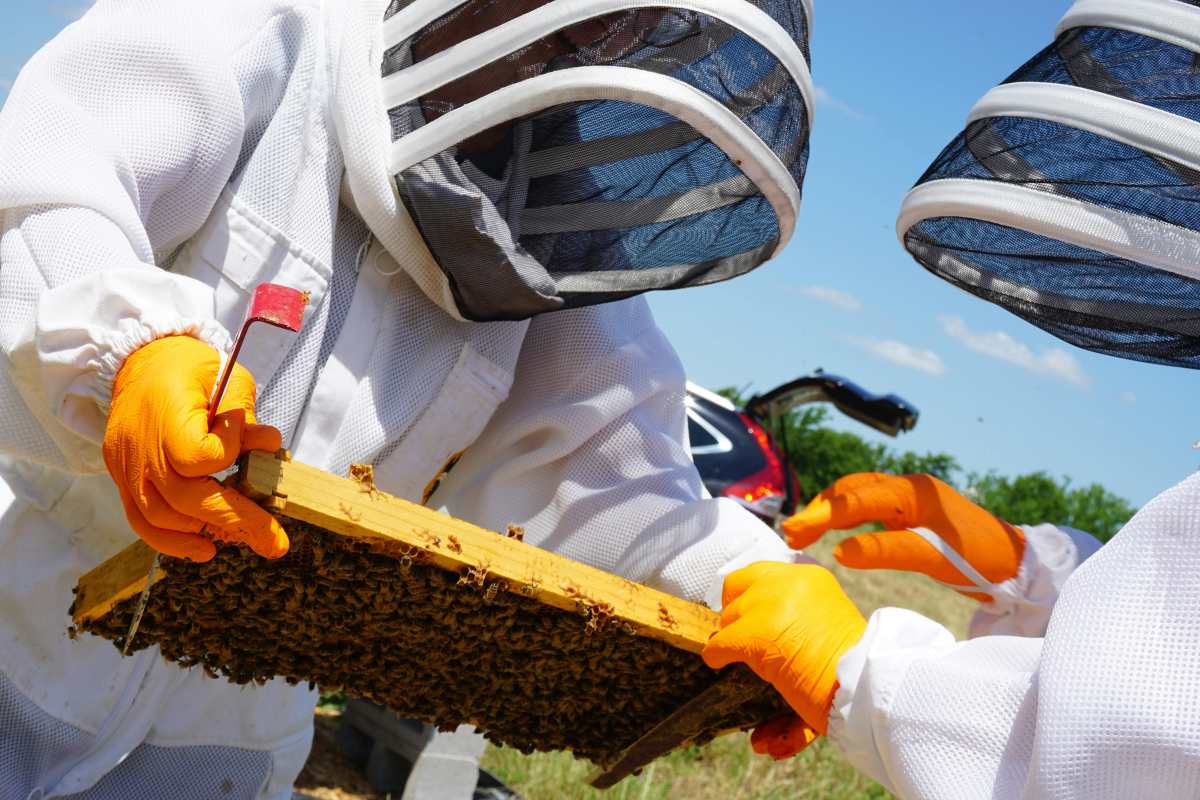Wild Honeybees Are Officially Declared ‘Endangered’ in Europe for the First Time — It’s a Warning to Humans

Several wildlife species across the world are now moving toward endangerment or extinction as their habitats are slowly beginning to disappear due to various reasons. Some of the most common causes of this are increasing pollution levels, deforestation, and human expansion. From tiny insects to large mammals and even marine animals, the danger of being endangered is accelerating. Recently, the wild honeybees, Apis mellifera, found in Europe have been officially declared endangered for the first time. This was revealed after the latest update to the IUCN Red List. Scientists claim that this could be a worrying milestone for the continent’s ecosystems.

Western honeybees have lived alongside human beings for many years, from ancient Egyptian hives to today’s modern beekeeping. But now this species exists in two different forms, including the ones that are managed and cared for by people and the wild bees living on their own. While the managed colonies are closely studied and protected by the experts and researchers, wild honeybees receive little attention. However, for a few years, scientists across Europe began finding wild colonies in forests, parks, and even cities, observing and analyzing whether these bees can survive without human help. After extensive research, it was found that it’s the wild honeybees that may be most at risk—and their future population remains uncertain, as reported by Science Alert.

Experts believe that the rapid decline in their population is driven by a mix of several natural and human-made threats. It includes habitat destruction due to disasters and developmental activities, widespread use of pesticides in the farms, and other modern farming practices. Apart from this, several deadly diseases, invasive parasites, and genetic mixing with managed colonies have further weakened their populations. In many regions, wild bees that vanished from their traditional nesting areas were unable to find another safe place to survive for long.

Especially in Europe, managed bee hives now vastly outnumber the wild bee colonies, making it the region with the lowest density of wild honeybees in the world. Recent data also confirms that their population is still falling rapidly. However, in the broader European region, scientists still don’t have enough data—especially from areas like the Balkans, the Baltics, and Scandinavia—to fully assess their status. Meanwhile, earlier this year, a group of researchers from Canada also researched this, and their findings were revealed in the journal Communications Earth & Environment.

They revealed that in recent years, extreme weather conditions like heatwaves, droughts, and wildfires have surged. These natural incidents release smoke filled with harmful pollutants into the air, which also harms the insects. The authors stated, “When present in sufficient concentrations, atmospheric pollutants from fire smoke can impair foraging and the development of some insect species such as honey bees, with potential consequences for population dynamics.” They further revealed that pollinators are one of the most threatened insect species. Therefore, protecting wild honeybees is very important, but it is not just about preserving a species; it’s also about ensuring the stability of ecosystems and biodiversity for generations to come.
More on Green Matters
What Will Happen to Humanity if Bees Go Extinct?
Bees Are Losing the Pitch on Their Typical ‘Buzzing’ Sound — and It’s Bad News for Our Planet